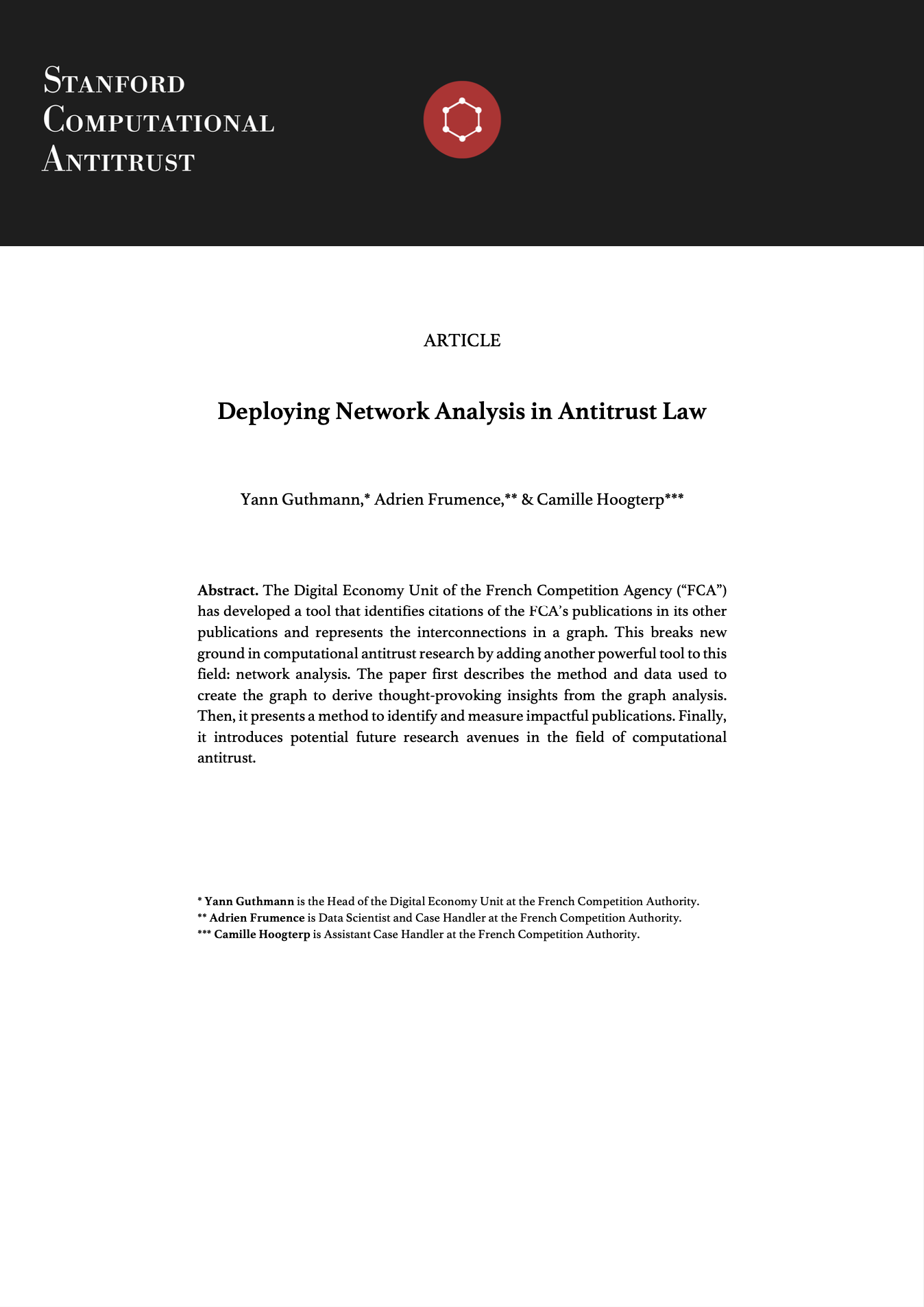
Deploying Network Analysis in Antitrust Law
Published on :
Download - PDF 1 429.16 Ko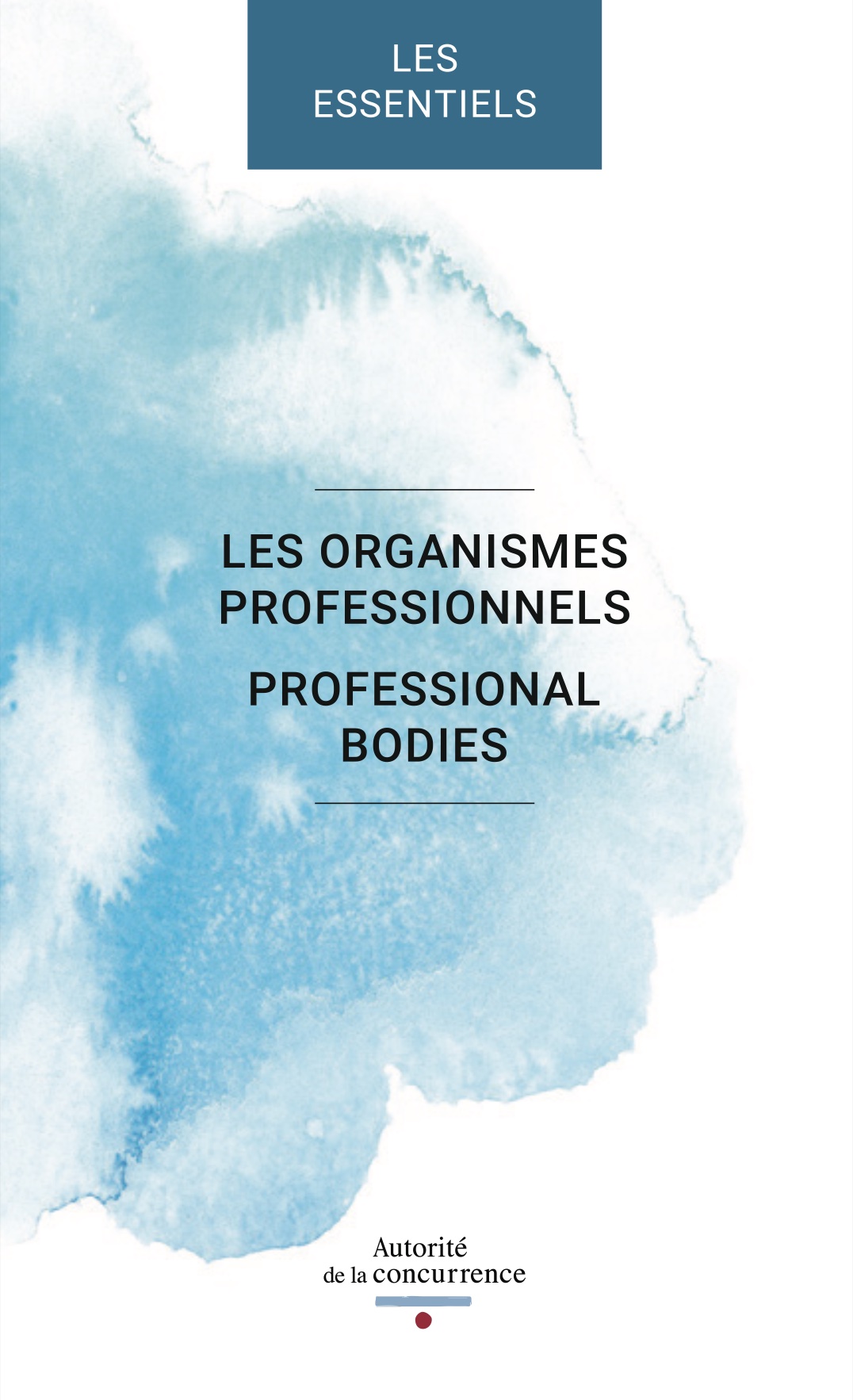
Professional bodies
Professional bodies have existed in different forms since ancient times. At different times in history, professional bodies have been able to contribute to the structuring of professions or activities, from former merchant guilds to professional orders, including business unions in the IT or digital sector. The Autorité's interest in the activity of professional bodies goes back a long way. It is a fact that the functioning of professional bodies may be conducive to anticompetitive activities, in particular price agreements, anticompetitive exchanges of information or concerted actions aimed at slowing the development of competition.
The Autorité has therefore decided to help economic players anticipate this development, by dedicating a specific study to professional bodies.
Its purpose is to analyse, in light of decision-making practice and case law, behaviours of professional bodies that may be contrary to competition law but also to recall all the essential pro-competitive actions that they often put into place. The study is thus intended to be a "turnkey" tool to promote compliance procedures on the part of the professional bodies and of their members. I hope that this work will be useful to all and will, in the future, prevent and limit the "competitive risk" associated with the participation of companies in professional bodies and unions, and will constitute a vector of good practices.
Published on :
Download - PDF 28 943.54 Ko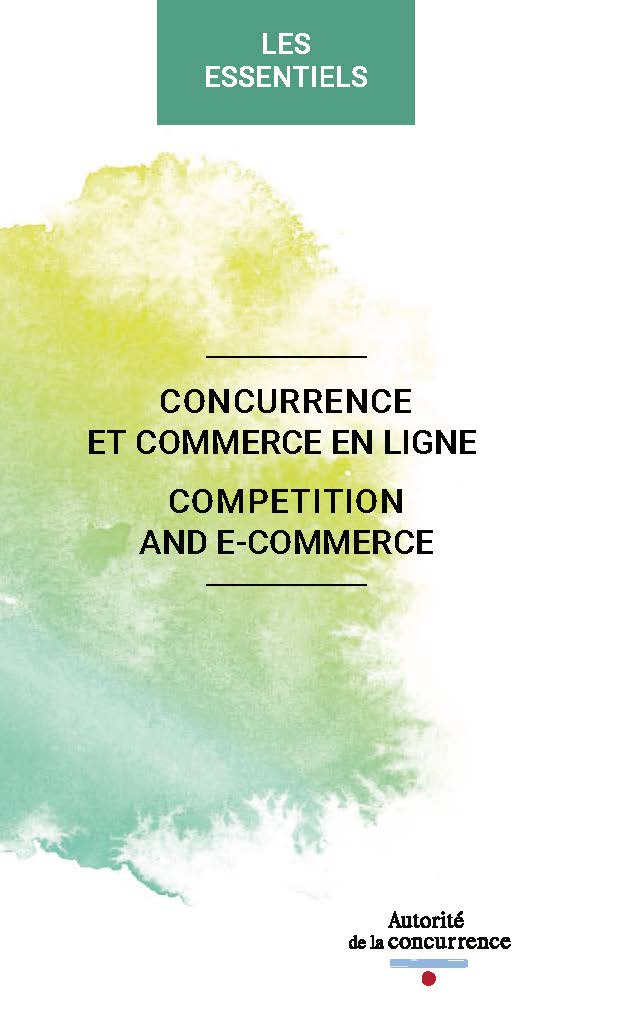
Competition and e-commerce
The growth of e-commerce is profoundly changing distribution. The physical distribution model is facing strong competition from the growth of online sales, which may be the result of “pure play” online retailers and strategies using alternative distribution channels. Sales conditions in physical stores are also evolving, increasingly incorporating digital technologies (use of smartphones, tablets, augmented technologies, etc.), to the point that there is now a “phygital” (physical and digital) model. Finally, these developments raise many questions for the Autorité de la concurrence, sometimes leading it to redefine market boundaries, focus on restrictions on Internet sales, and increase the new power held by online platforms, especially structuring platforms that hold strategic or preeminent positions.
In view of the prominent place that the distribution sector occupies in the French economy, the Autorité has sought to provide an overview of these various issues and explain its vision so businesses have a clear understanding of them.
Published on :
Download - PDF 1 469.75 Ko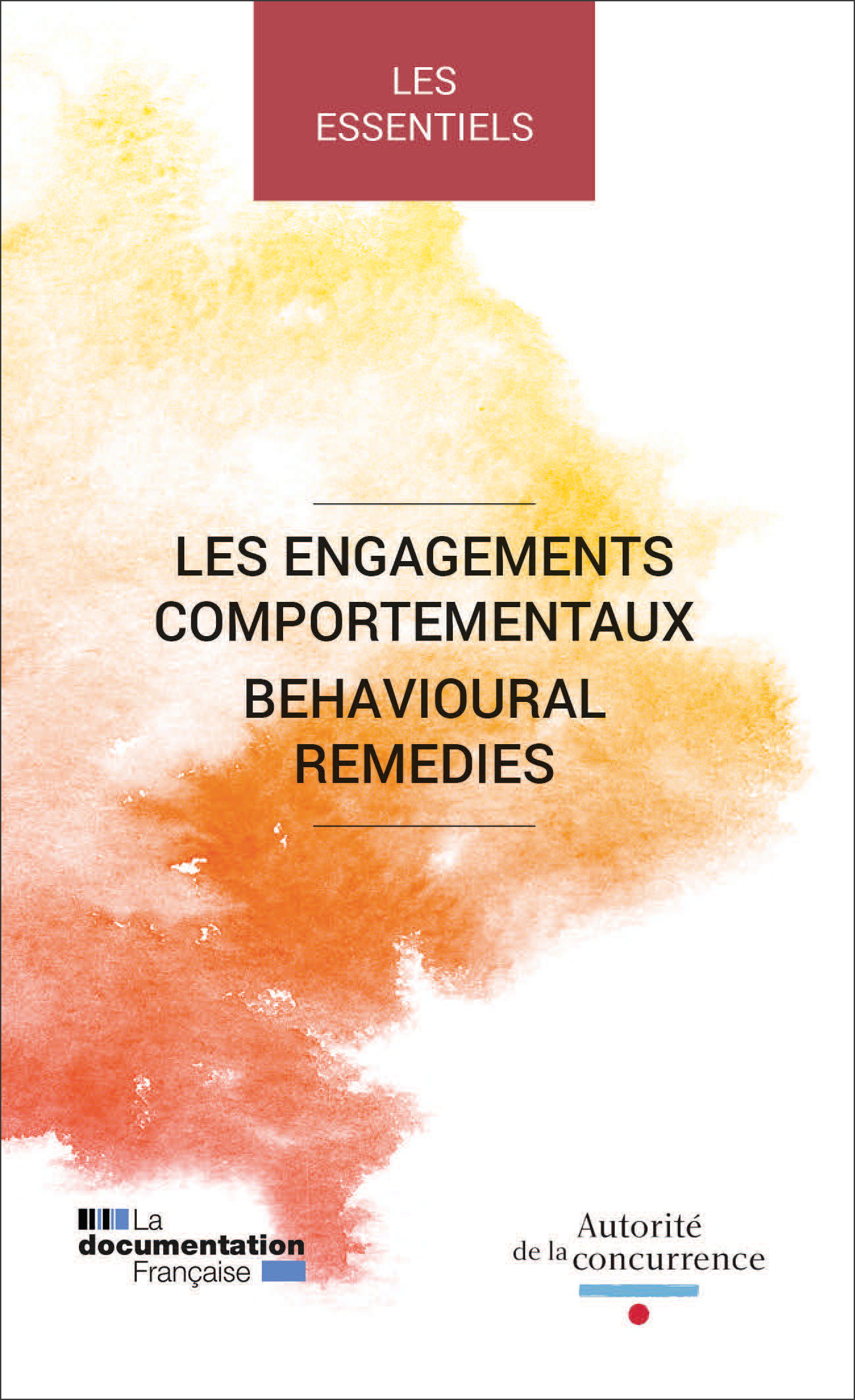
Behavioural remedies
In 2018, together with La Documentation française, the Autorité created a new collection, Les Essentiels, to further understanding of competition. After an initial study on loyalty rebates (2018), it is publishing a new work in February 2020 on behavioural remedies, which reviews use of the tool in the practice of the Autorité de la concurrence.
Published on :
Download - PDF 8 183.75 Ko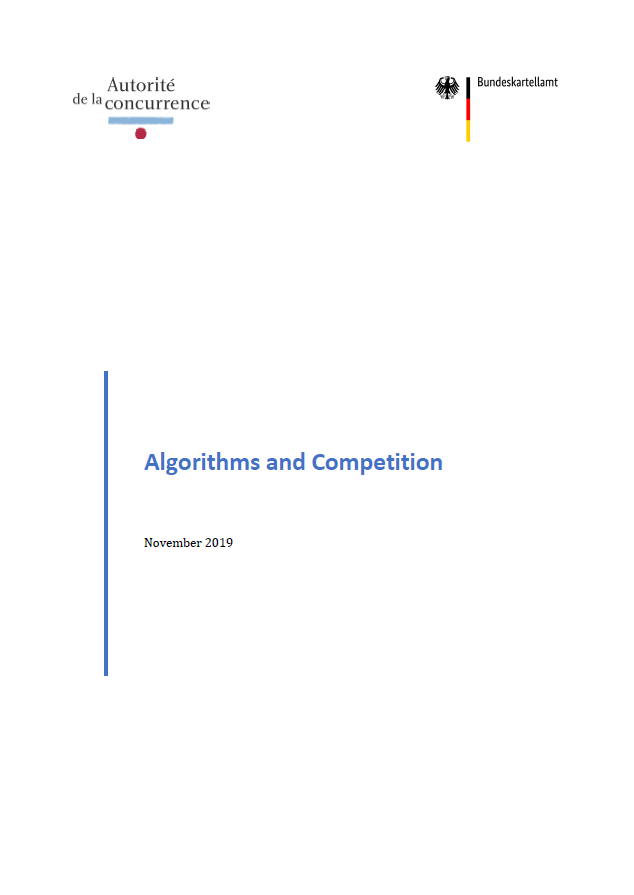
Algorithms and Competition
The Autorité de la concurrence and the Bundeskartellamt studied the potential competitive risks that may be associated with algorithms. They studied in depth the concept of algorithms as well as the different types and areas of application.
Published on :
Download - PDF 1 483.03 Ko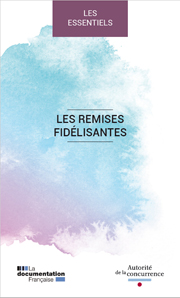
Loyalty rebates
Les Essentiels: the Autorité de la concurrence has decided to launch a collection of thematic studies aimed at competition law practitioners, economic players, professors and students of business law, economic law and competition law.
The first study looks at loyalty discounts, and is available in bookshops and online at ladocumentationfrancaise.fr.
Published on :
Download - PDF 1 465.32 Ko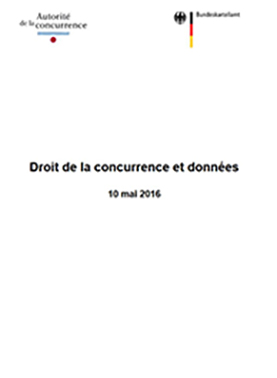
Joint study on Competition Law and Data
The French Autorité de la concurrence and the German Bundeskartellamt published a joint paper on data and its implications for Competition Law.
Published on :
Download - PDF 666.29 Ko
The Digital Economy Unit of the French Competition Agency (“FCA”) has developed a tool that identifies citations of the FCA’s publications in its other publications and represents the interconnections in a graph.